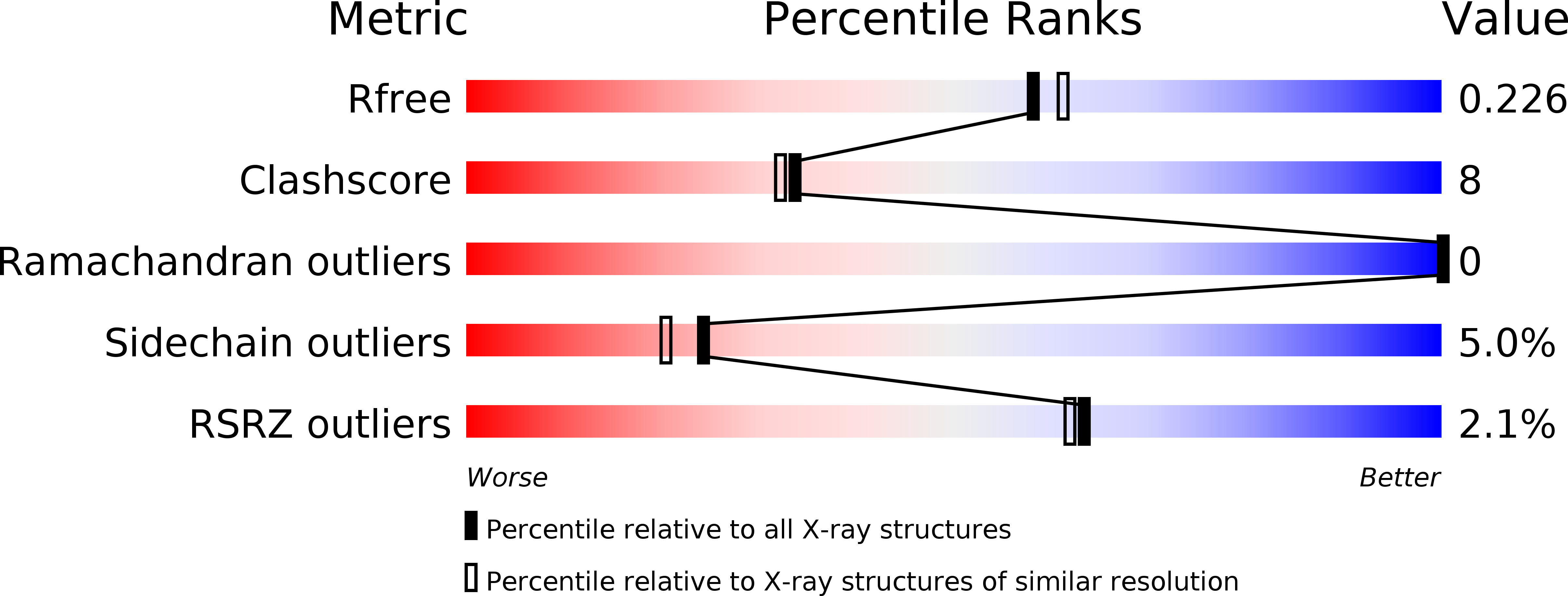
Deposition Date
2010-01-15
Release Date
2010-05-19
Last Version Date
2024-10-23
Method Details:
Experimental Method:
Resolution:
2.00 Å
R-Value Free:
0.22
R-Value Work:
0.18
R-Value Observed:
0.18
Space Group:
P 43 21 2


